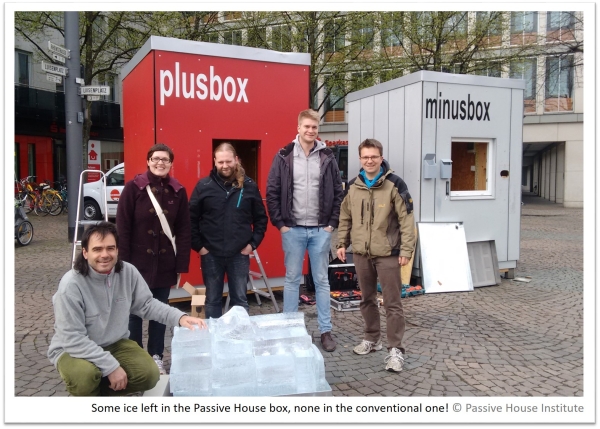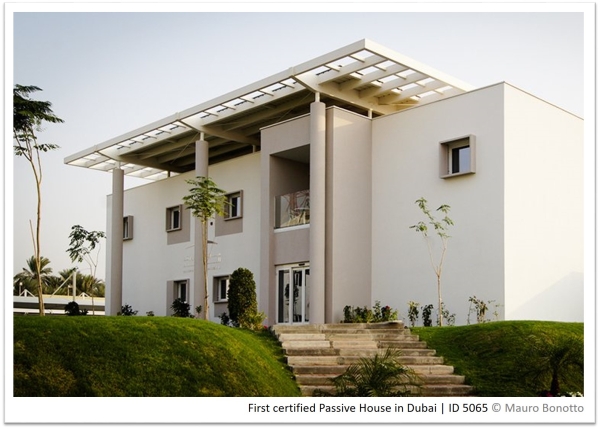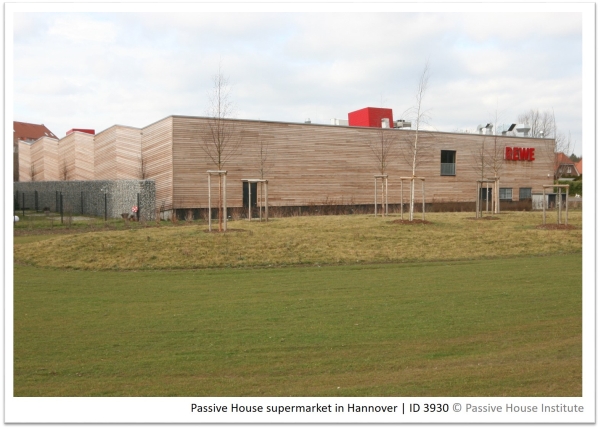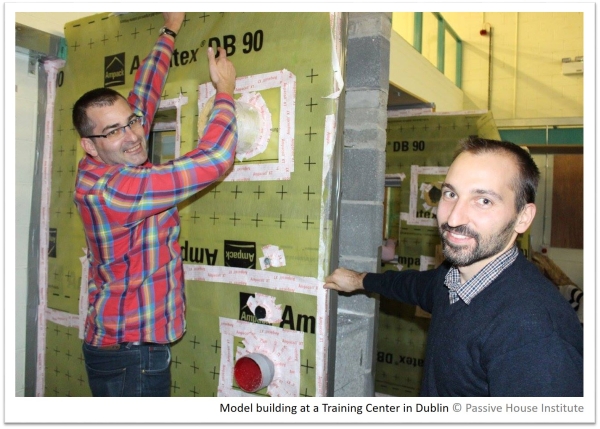5. How to foster Passive House
2 - Further material
Go for pilot projects!
The best working market instrument is direct experience. Exemplary pilot projects delivered by local authorities provide valuable information about the applicability and effectiveness of the Passive House standard. Moreover, they play a great role as information and know-how exchange hubs, as they are transferring effective solutions and approaches onto the actual building site.
These projects should best be certified and monitored, to provide users with the feedback they need, for instance about the enhanced air quality, consistent temperatures and humidity levels, amount of energy saved etc. In addition, monitoring helps to quickly identify failed components or errors in the building services operation (too high ventilation air flows, heater on during summer).
Such pilot building and monitoring projects already lead many cities and administrative districts to stipulate the Passive House standard in their building regulations. Some went even further, like the city of Vancouver, where regulations on density, height and setbacks were adapted to make Passive House more attractive. As Lloyd Alter from Treehugger explains "Going Passivhaus makes builders eligible for extra density, meaning extra units, meaning extra profit. Passivhaus pretty much pays for itself."
Wise subsidies
It is usually most economically attractive to add some insulation when the plaster starts to crack, so you’d better put the optimal amount of insulation right from the start! To help finance higher investment costs related to better quality products and more detailed planning, several financial programmes for Passive Houses and EnerPHit retrofits are currently offered at the city, regional and national levels.
Some famous examples are the KfW Bank funding scheme, which offers low and fixed interest loans with no repayment in principal required during the first several years, or the Climate Protection Fund “proKlima”. The proKlima fund operates on the basis of public-private partnership since 1998. It helped to save more than 118,000 tons of greenhouse gas emissions per year so far!Awareness raising activities

To foster the uptake of energy-efficient buildings, we need to stimulate the public demand. Changes in habits and social values may require time and effort, but there are many ways to raise the awareness of end-users, such as demonstration activities, consulting services and building of trust within the local communities.
You can reach a broader audience by organising entertaining activities beside technical workshops, like the Belgian advertising initiative “Are you normal?”. Its aim was to show through moving advertising and a quiz that nowadays Passive House is a mainstream practice – the only special thing about it is the inhabitant. An “iceblock challenge” guessing competition is also a great way to illustrate firsthand the benefit of good building insulation, by showing how rapidly ice is melting in a non-insulated cabin in comparison to a well-insulated one during the summer months. Another unconventional way to reach a new target group may also be throughTraining to secure quality
Besides informational sessions and forums, it is important to make energy-efficient construction part of the educational systems and provide vocational training opportunities to all building professionals. Public officials should also be addressed, for instance through custom one-day training sessions, like it was done for more than a hundred City of Vancouver staff (plan checkers, rezoning planners, development planners, etc).
Local authorities can foster training by providing subsidies for education as well as adequate training facilities. The Building Knowledge Hubs developed during the European project Train-to-NZEB are a great example to follow, as these modern training facilities enable the conduction of both theoretical programmes and practical exercises. Thanks to full-scale models, students can have a look at the different layers of a Passive House construction, as well as practice installing insulation, the airtight layer and even perform a blower door test, to better prepare for the challenges they will have to face in real life.



